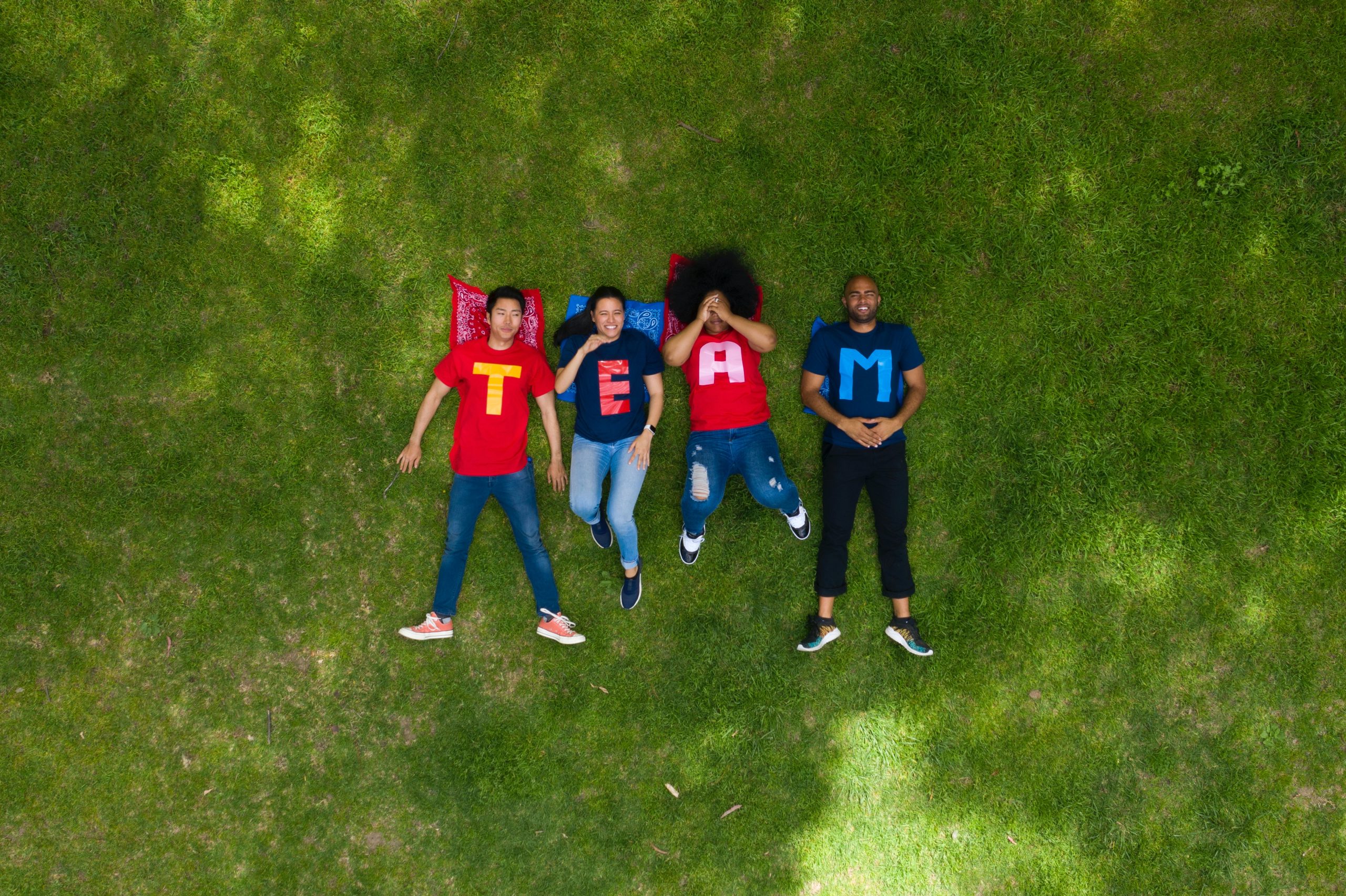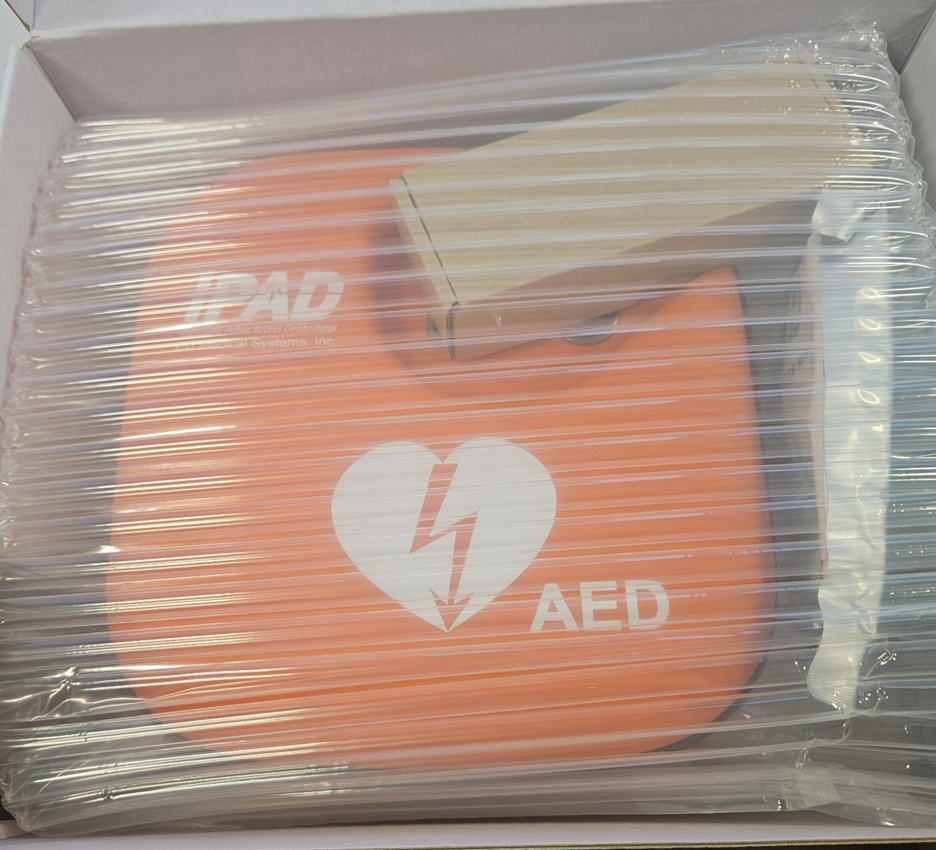
Learners & Staff Fund New Defibrillator
We talk about all sorts of things at our staff meetings – from risk assessments to charity cake bakes – you’d have a tough job predicting what’s next on the agenda! So, when one of our staff members brought up the topic of defibrillators, we were more than happy to have an in depth discussion about what we could do to make one accessible at our Head Office in St Hughs House.
Our Wellbeing Team set about researching if there was any funding available for an organisation like ours to get hold of this life-saving piece of equipment. Unfortunately, there wasn’t. Defibrillators can be very expensive and – while some places, like community groups, can apply for free access – we were not eligible for any support with purchasing a device.
Disappointing news? Not at all! Just a new obstacle for us to find our way over. So, we got our heads together and opened the floor to our staff and learners yet again. Did anyone have any fundraising ideas? You bet they did. Fire eating, rock climbing, walking over hot coals, skydiving… these were just some of the suggestions we had over the first few days – great ideas – but perhaps not the most practical of activities to get everyone involved in.
Eventually, we settled on a number of activities that encouraged everyone to get involved – including, calligraphy classes, cake decorating, and themed quizzes. Before we knew it, we were well on the way to securing the £1000 needed to buy some good quality equipment and, at the beginning of 2024, we were able to officially unveil our defibrillator at St Hughs House.
A massive thank you to everyone who made a contribution, we couldn’t have done it without you!

What is a defibrillator?
As described by the British Heart Foundation, a defibrillator is a device that gives a jolt of energy to the heart. It helps get the heart beating again when someone is in cardiac arrest and their heart has stopped. You might also hear it being called a defib, a PAD (public access defibrillator) or an AED (automated external defibrillator).
If someone is in cardiac arrest you should always:
- Call 999
- Start CPR
- Send someone else to find a defibrillator (do not stop CPR if you’re on your own)
If you have immediate access to the defibrillator:
- Press the green button to turn on the defibrillator
- It will automatically give you step-by-step voice instructions of what to do
Please visit the British Heart Foundation Website for more in depth instructions and advice on what to expect. It could help to save a life.
